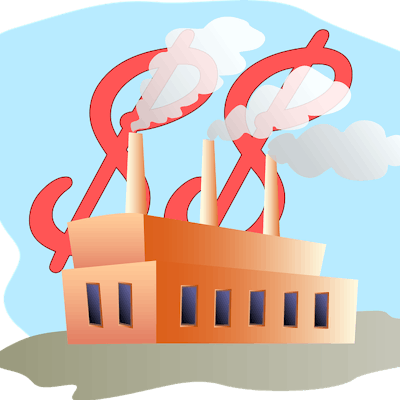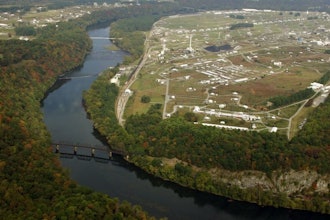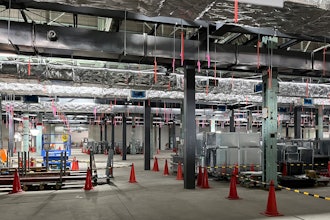
The Purchasing Manager’s Index came in at 48.2 percent for the month of January, according to the Institute of Supply Management’s monthly Report on Business. The magic number distinguishing between growth and contraction in manufacturing is 50. However, 43.2 generally indicates overall economic expansion. So although manufacturing contracted, the overall U.S. economy grew for the 80th consecutive month, and correlates to a 1.6 percent annualized increase in GDP. Overall, the PMI has been on a decline since May’s mark of 53.1.
Among those segments reporting growth in January were Computer & Electronic Products, Machinery, and Electrical Equipment. Conversely, Petroleum & Coal Products, Transportation Equipment, Food & Beverage, and Chemical Products were among those segments that contracted. Commodities that saw price increases were natural gas and steel. Aluminum, copper, crude oil and resin-based products were down in price.
The report was issued by Bradley J. Holcomb, CPSM, CPSD, chair of the Institute for Supply Management (ISM) Manufacturing Business Survey Committee. Additional findings showed:
- The New Orders Index registered 51.5 percent, an increase of 2.7 percent from the seasonally adjusted reading in December. This marked the second consecutive month of new orders growth.
- The Production Index registered 50.2 percent, 0.3 percent higher than the seasonally adjusted December reading.
- The Employment Index registered 45.9 percent, 2.1 percent below the seasonally adjusted December reading of 48 percent. This was the second straight month that employment numbers declined.
- Inventories of raw materials registered 43.5 percent, the same as December, indicating contraction for the seventh consecutive month. A reading greater than 42.8 percent, over time, is generally consistent with overall economic expansion.
- The Customers’ Inventories Index registered 51.5 percent in January, the same reading as in December. For the sixth straight month, this number came in at a level considered too high for overall economic growth.
- The Prices Index registered 33.5 percent, the same reading as in December, indicating lower raw materials prices for the 15th consecutive month.
- ISM’s Backlog of Orders Index registered 43 percent in January, an increase of two percent, indicating contraction in order backlogs for the eighth consecutive month.
- When looking at buying policies, commitment lead times for capital expenditures decreased by one day (126 days), production materials increased by three days (60 days) and MRO supplies remained unchanged (26 days).
Overall, the ISM report offered a mix of positive and negative readings, with most spotlighting challenges that could impact the industrial sector throughout the first quarter of 2016. These numbers seem to indicate a slow-down in overall commodity and materials purchasing, which is driving inventory levels up, slowing production and negating the need to increase employment levels.
“There was some better news,” noted Don Norman, director of economic studies at the Manufacturers Alliance for Productivity and Innovation (MAPI). “The production index rose. In addition, the new orders index jumped. The backlog of orders index also rose two percentage points, although at 43.0 it remains at a very low level.
“The findings of this month’s ISM report are consistent with recent Census Bureau data on factory orders and the Federal Reserve Board’s latest index of manufacturing activity. The drivers behind the slowdown are easy to identify,” Norman said.
“The slowdown in China’s economic growth and the rise in the value of the dollar over the past year are largely responsible for the decline in exports. The dramatic fall in the price of oil, coupled with the low price of natural gas, has reduced oil and gas development activity and thus the demand for manufactured goods required for such development.
“Given how the manufacturing sector has been buffeted by these negative events, it is encouraging that manufacturing sector activity hasn’t contracted more sharply than it has. Still, it looks as if the first quarter of 2016 will be as challenging for manufacturers as were the first quarters of 2014 and 2015.”






















